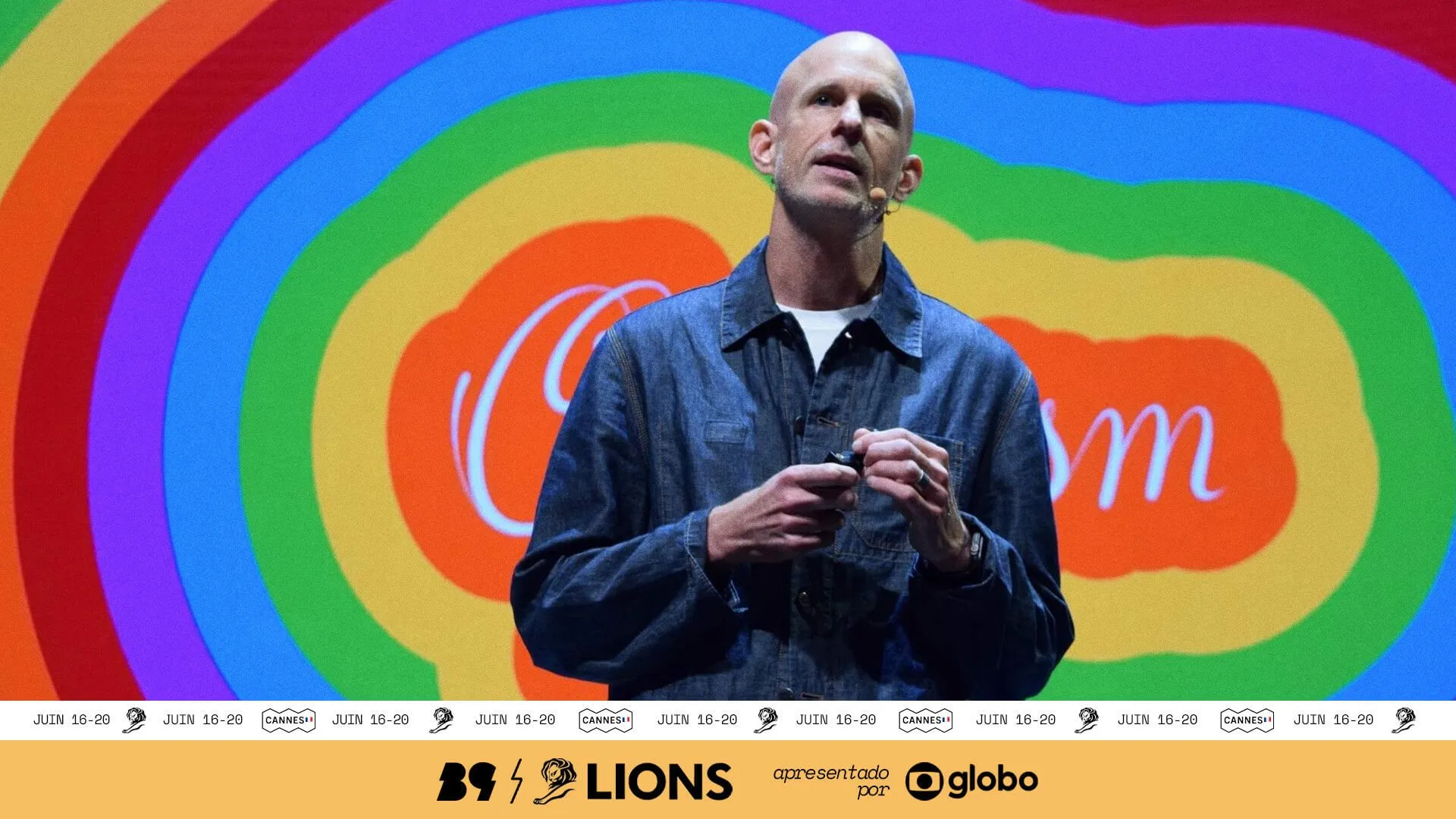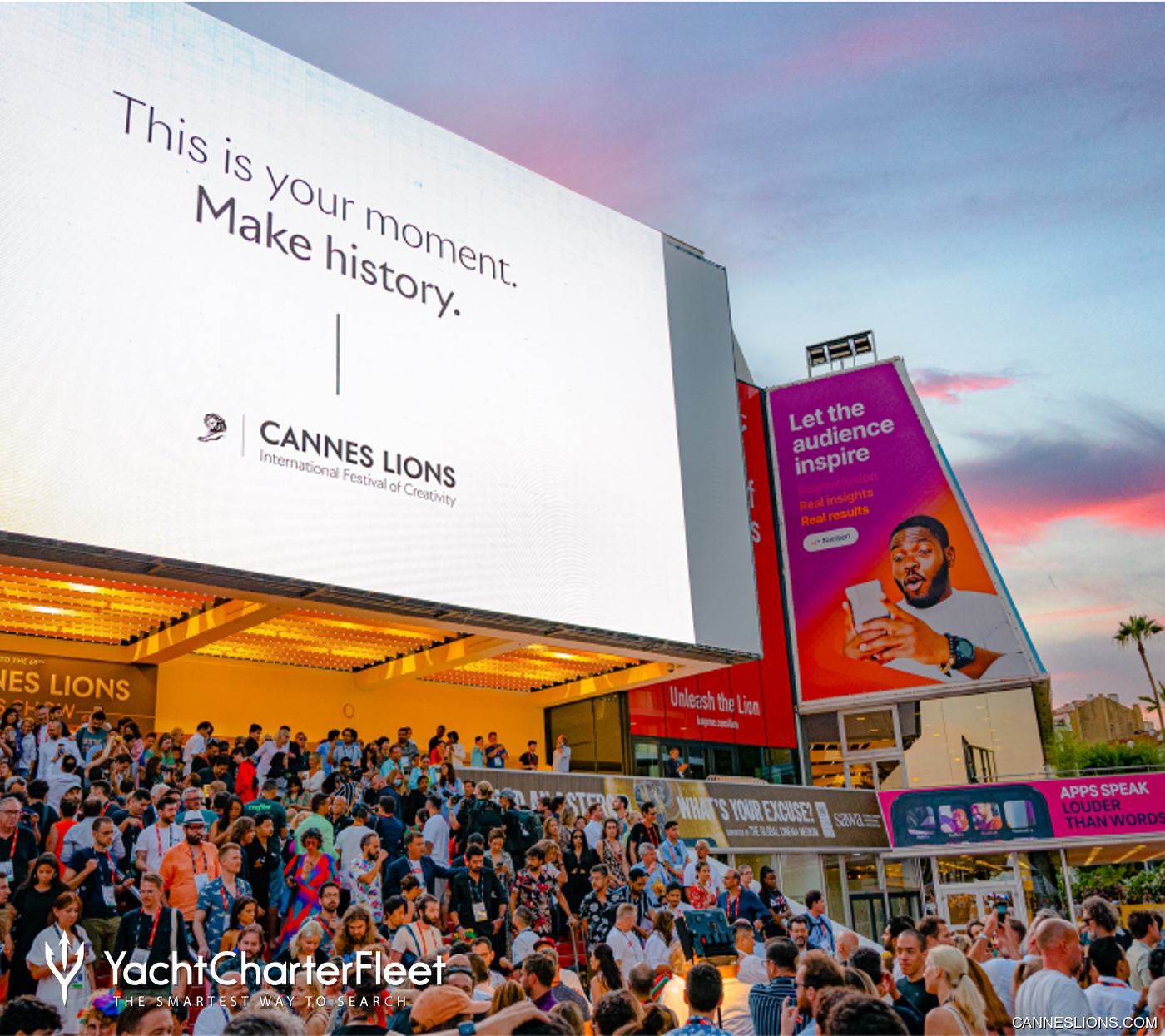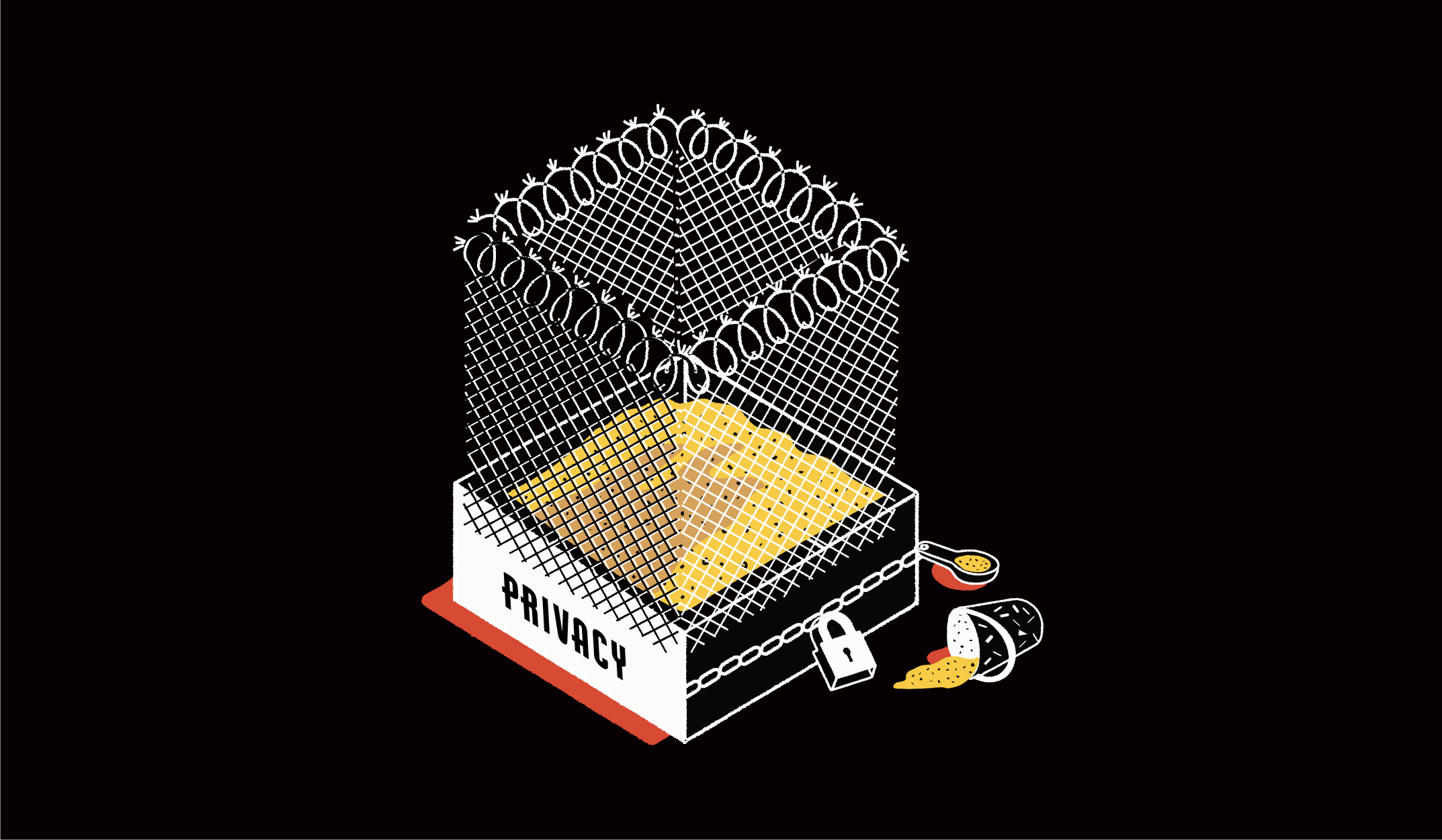THE WAR OF ART
Invoking Sun Tzu’s The Art of War, O’Neill-Butler explores the subversive, surprising, and often brilliant tactics of artists fighting for social change. Ten case studies spanning five decades illustrate the original ways artists have demonstrated against unjust practices, “from protesting to philanthropy, and from wheat pasting to planting a field of wheat.” O’Neill-Butler, a former editor of Artforum, shares her intimate knowledge of these movements and draws on conversations with activists, including the painter Faith Ringgold, the art critic Lucy Lippard, and the photographer Nan Goldin. Their protests transformed museums: In the 1960s, the Art Workers Coalition forced the Museum of Modern Art to allow free admission, to include more artists of color, and to take a moral stance against the Vietnam War by juxtaposing photos of the My Lai massacre with Picasso’s Guernica. The Ad Hoc Women Artists’ Committee shamed the Whitney Museum to include more work by women by issuing a forged press release on museum letterhead announcing that half the artists in a touted exhibition would be women. Goldin, who had become addicted to OxyContin, organized PAIN to demand that museums end “artwashing” by the billionaire Sackler family, creators of the drug, by removing their name from galleries and rejecting their donations. These artists changed not only the art world but broader society. Benny Andrews of the Black Emergency Cultural Coalition brought drawing classes to men incarcerated in the so-called Tombs, a program that eventually spread to jails and prisons throughout the country. Edgar Heap of Birds, known for his innovative monoprints, endowed galleries to showcase Native American art. Painter Rick Lowe restored dilapidated shotgun shacks in Houston to create low-income housing and community cultural spaces. For a volume about art and artists, the book contains too few visuals, but O’Neill-Butler’s vivid writing makes up for that shortcoming.


Invoking Sun Tzu’s The Art of War, O’Neill-Butler explores the subversive, surprising, and often brilliant tactics of artists fighting for social change. Ten case studies spanning five decades illustrate the original ways artists have demonstrated against unjust practices, “from protesting to philanthropy, and from wheat pasting to planting a field of wheat.” O’Neill-Butler, a former editor of Artforum, shares her intimate knowledge of these movements and draws on conversations with activists, including the painter Faith Ringgold, the art critic Lucy Lippard, and the photographer Nan Goldin. Their protests transformed museums: In the 1960s, the Art Workers Coalition forced the Museum of Modern Art to allow free admission, to include more artists of color, and to take a moral stance against the Vietnam War by juxtaposing photos of the My Lai massacre with Picasso’s Guernica. The Ad Hoc Women Artists’ Committee shamed the Whitney Museum to include more work by women by issuing a forged press release on museum letterhead announcing that half the artists in a touted exhibition would be women. Goldin, who had become addicted to OxyContin, organized PAIN to demand that museums end “artwashing” by the billionaire Sackler family, creators of the drug, by removing their name from galleries and rejecting their donations. These artists changed not only the art world but broader society. Benny Andrews of the Black Emergency Cultural Coalition brought drawing classes to men incarcerated in the so-called Tombs, a program that eventually spread to jails and prisons throughout the country. Edgar Heap of Birds, known for his innovative monoprints, endowed galleries to showcase Native American art. Painter Rick Lowe restored dilapidated shotgun shacks in Houston to create low-income housing and community cultural spaces. For a volume about art and artists, the book contains too few visuals, but O’Neill-Butler’s vivid writing makes up for that shortcoming.




























![Brand and SEO Sitting on a Tree: K-I-S-S-I-N-G [Mozcon 2025 Speaker Series]](https://moz.com/images/blog/banners/Mozcon2025_SpeakerBlogHeader_1180x400_LidiaInfante_London.png?auto=compress,format&fit=crop&dm=1749465874&s=56275e60eb1f4363767c42d318c4ef4a#)

![How To Launch, Grow, and Scale a Community That Supports Your Brand [MozCon 2025 Speaker Series]](https://moz.com/images/blog/banners/Mozcon2025_SpeakerBlogHeader_1180x400_Areej-abuali_London.png?auto=compress,format&fit=crop&dm=1747732165&s=beb7825c980a8c74f9a756ec91c8d68b#)





















![The 11 Best Landing Page Builder Software Tools [2025]](https://www.growthmarketingpro.com/wp-content/uploads/2024/04/best-landing-page-software-hero-image-1024x618.png?#)





































![Websites Using AI Content Grow 5% Faster [+ New Research Report]](https://ahrefs.com/blog/wp-content/uploads/2025/06/websites-using-ai-content-grow-5-by-ryan-law-data-studies.jpg)


![How to Create an SEO Forecast [Free Template Included] — Whiteboard Friday](https://moz.com/images/blog/banners/WBF-SEOForecasting-Blog_Header.png?auto=compress,format&fit=crop&dm=1694010279&s=318ed1d453ed4f230e8e4b50ecee5417#)
![How To Build AI Tools To Automate Your SEO Workflows [MozCon 2025 Speaker Series]](https://moz.com/images/blog/banners/Mozcon2025_SpeakerBlogHeader_1180x400_Andrew_London-1.png?auto=compress,format&fit=crop&dm=1749642474&s=7897686f91f4e22a1f5191ea07414026#)














![AI in content marketing: How creators and marketers are using AI to speed up & succeed [data]](https://www.hubspot.com/hubfs/Untitled%20design-Apr-07-2023-08-24-35-4586-PM.png)









![Brand pitch guide for creators [deck and email templates]](https://blog.hootsuite.com/wp-content/uploads/2022/06/brand-pitch-template.png)
























